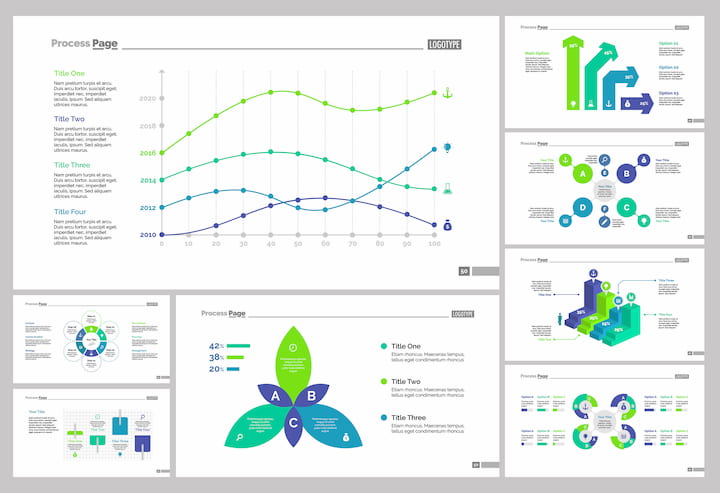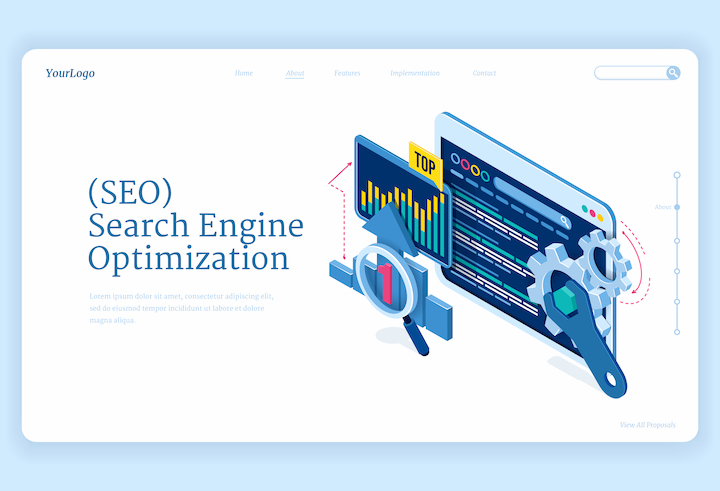Launching a website is the first step towards a long journey to grow the business. A great website with an ideal domain name that reflects the business wins half the race. The other half relies on the search engines where the sire needs to make its mark. Here you will learn Best SEO Tips in 7 Steps to improve ranking and traffic of your website.
What is SEO?
It is Search Engine Optimization, some strategies that help the search engines to note the website and reach the customers when they are looking for. Here are the seven key SEO Tips that every new website needs to build on.
1. Structure of the website

The success of an online business lies in the architecture of the site. It must be easy to read, navigate, and find things that the customers want to look for. Everything should be precise, well categorized, and organized. Set out categories for the business and display them on the menu where it is easily notable and relatable.
2. Keyword research

Once you have the structure ready, look for the keywords that are related to the business and that the customers are looking for. Using long tail keywords would be more precise and customer friendly to navigate them to the websites. Make use of both primary and secondary keywords to make it easier for the search engines to find out what the pages are about.
Read More: Best Keyword Research Tools
3. Content that people needs

Using the chosen keywords, write quality content that the users are looking to find answers to. Make it crisp, clean, and to the point with elaborate illustrations, images, and a clickable title. Categorize the content using headings and subheadings to make reading easier. Answering the questions of the user is the key here and not simply creating too much information.
4. SEO optimization

The important part in the website is SEO optimization that is applicable to both on-page and off-page. The on-page strategies involve using the keywords in the right areas such as title, slug, meta description, headings, and a few subheadings to let the search engine know what the content is about.
The off-page SEO involves getting backlinks to the created pages through various sources. When others link to your page, it makes the content more credible in the eyes of the search engines.
5. Backlinks

Creating backlinks itself is a key SEO strategy that improves the off-page scores. The strategy here is to get the friends and family to promote the content through their social media to let others see it. When people find it useful they would also share it with others. This helps build the links. Another way to reach out to other websites to get a link back to your website. This SEO Tips will make you crazy ;).
6. Tracking and Indexing

The technical side is registering the websites to enable search engines to easily find the page. Google Search Console and Google Analytics are both examples of this. They provide more insights on how and from where the users are visiting your website and it is easier to optimize the website accordingly.
7. Ad campaigns

The paid advertisement campaigns help reach more customers when you have all other factors in line. Finding and choosing the right Adwords are crucial for its success. It can be done for search engines, social media such as Facebook, etc.
Conclusion
When these are done correctly, it will not be long before there is a surge in the website traffic. While all of these steps are crucial it is also important to stay up-to-date with the changes in the search engine algorithms and do the needful changes when required.




